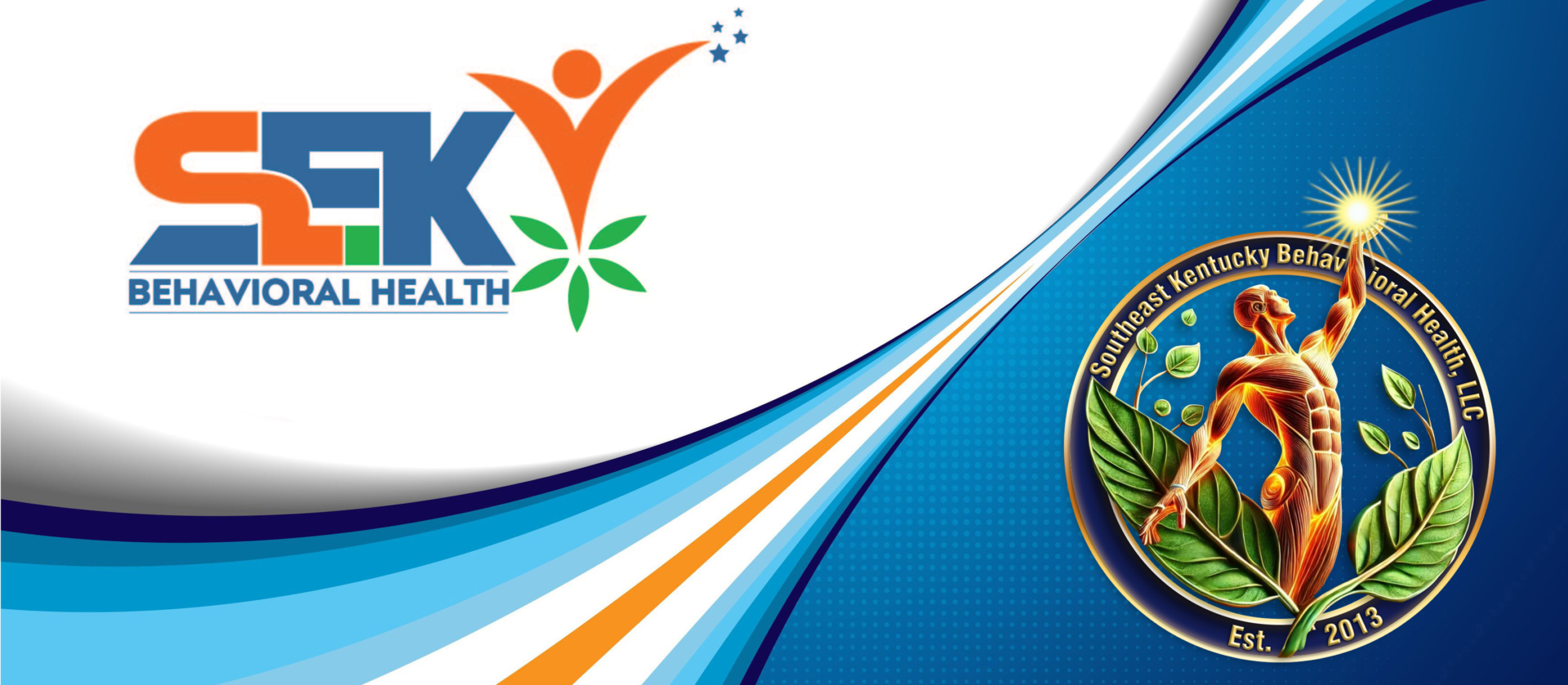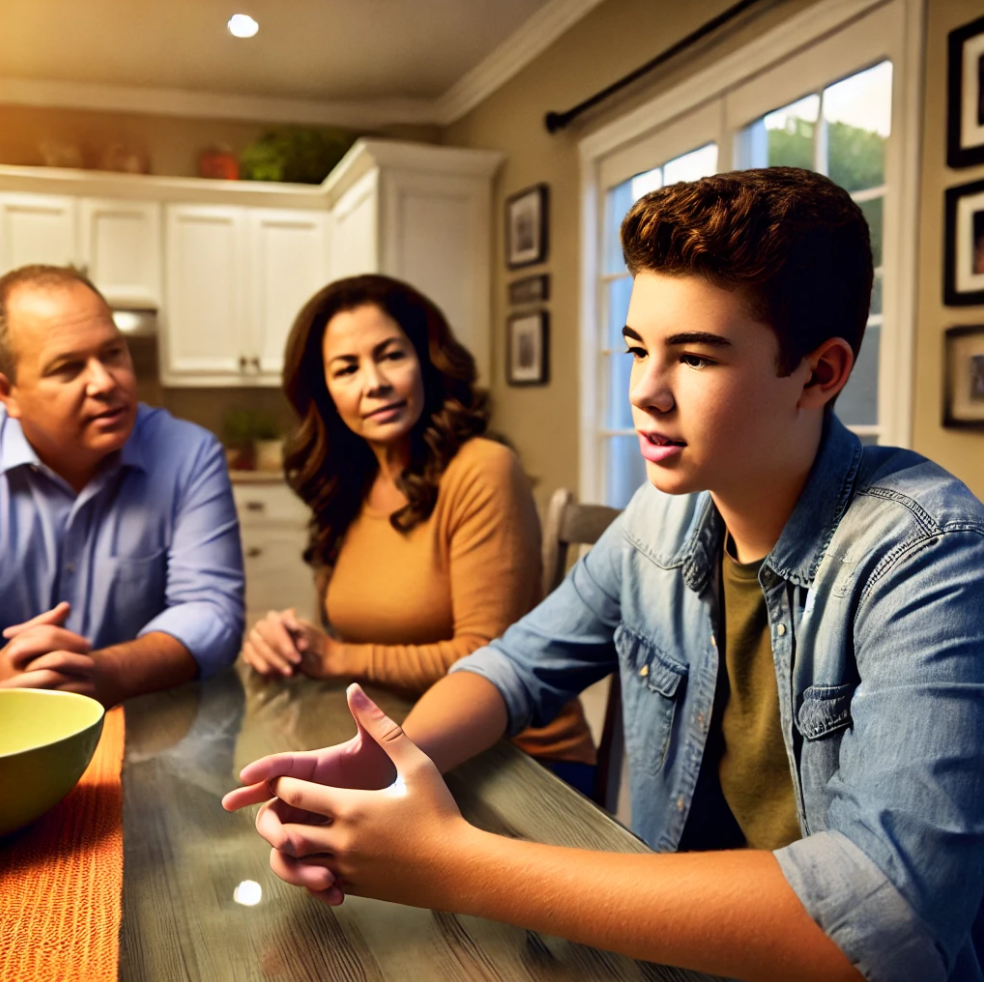Feeling Like You’re Not Treated Fairly in Your Family: A Guide for Teens

It’s not unusual to feel like you’re being treated unfairly in your family. Maybe it seems like your siblings get more freedom, or perhaps you feel like your parents don’t listen to you as much as they should. Whatever the case, feeling overlooked or misunderstood can be frustrating. Learning how to handle these feelings can make a big difference in your family relationships and help you feel more understood and respected at home.
Understanding Why You Might Feel This Way
Feeling like you’re not treated fairly can come from a lot of places. Sometimes it’s about comparing yourself to siblings, while other times it might be about feeling that your parents don’t understand your perspective. According to Dr. Karen Bogenschneider, a family relationship expert, teens often struggle with perceived inequality, especially if parents treat siblings differently. It’s natural to want fairness, but every family member may need different things at different times, which can sometimes look like favoritism .
Fairness Doesn’t Always Mean Equality
One important thing to understand is that fairness and equality aren’t the same thing. Fairness is about getting what you need, while equality is about getting exactly the same thing as others. For example, if one of your siblings is younger, your parents might give them more help with schoolwork, while they trust you to work independently. This isn’t unfair; it’s just that your parents recognize you might not need as much guidance.
Dr. Michael Thompson, a psychologist who specializes in family dynamics, points out that parents make decisions based on each child’s unique needs and maturity level . So while it may look like your parents are treating you differently, it’s often because they’re considering what they think will work best for you individually.
Communicating Your Feelings
When you feel like you’re not being treated fairly, it’s important to express those feelings constructively. Here’s how to have a calm and effective conversation with your family:
1. Pick the Right Time
– Try to bring up your feelings during a calm moment when everyone is relaxed, rather than during an argument or right after something has upset you. According to the American Psychological Association, timing matters when it comes to discussing emotional issues; waiting until everyone is calm can make for a more positive conversation .
2. Use “I Statements”
– Rather than saying, “You’re always unfair!” try saying, “I feel frustrated when I see my siblings getting different rules than I do.” “I statements” focus on your feelings and are less likely to make others defensive. Psychologist Dr. Marshall Rosenberg suggests that using “I statements” helps people express their needs in a way that promotes understanding and reduces conflict .
3. Ask Questions to Understand Your Parents’ Perspective
– You might say, “Can you help me understand why I have a different curfew than my sibling?” Asking questions can help you see things from your parents’ point of view, and it also shows them that you’re willing to listen.
Focusing on Your Strengths
Feeling like you’re not being treated fairly can sometimes make you feel less valued. During these times, it’s helpful to remember what makes you unique and focus on your strengths. Studies show that when teens focus on their own strengths, they tend to feel more confident and less affected by comparisons to others .
If you’re feeling overlooked, remind yourself of the things you’re good at and the positive qualities you bring to your family. Whether it’s your sense of humor, your creativity, or your ability to listen, every family member has unique strengths.
Building Healthy Family Relationships
Maintaining a positive relationship with your family can be challenging, especially if you’re feeling misunderstood. However, working on those relationships can be rewarding and help you feel more connected to your family. Here are some tips for building healthy relationships at home:
1. Show Appreciation
– Recognize the good things your family members do, even if it’s something small like making dinner or helping with homework. According to Dr. Robert Emmons, an expert in gratitude, expressing appreciation can improve relationships by making people feel valued and respected .
2. Set Boundaries Respectfully
– It’s okay to let your family know when you need some space. For example, if you’re feeling overwhelmed, politely let them know you need a little time alone to recharge.
3. Be Open to Compromise
– Family relationships often require compromise. For example, if you want more freedom, consider negotiating with your parents—maybe you get a later curfew on weekends if you show responsibility during the week.
Seeking Support Outside Your Family
If you’re struggling with family dynamics, it can help to talk to someone outside your family, like a friend, teacher, counselor, or mentor. According to a study published in Journal of Youth and Adolescence, teens who have strong support systems outside their family tend to have better coping skills and feel more understood . Talking to someone else can give you a fresh perspective and help you find new ways to deal with your feelings.
Remember: Family Relationships Take Time
Family dynamics aren’t always easy, and feeling misunderstood or overlooked is a common experience for teens. But remember that family relationships are long-term. As you grow and change, so will your relationships with your family. In the meantime, learning to communicate calmly, focus on your strengths, and find support outside your family can help you handle these challenges in a positive way.
Feeling like you’re not treated fairly in your family doesn’t have to lead to conflict or resentment. By expressing your feelings constructively, focusing on what makes you unique, and building positive family relationships, you can navigate these challenges and build a stronger connection with your family over time.

This article has been written by John S. Collier, MSW, LCSW. Mr. Collier has over 25 years of experience in the social work field and is based in London Kentucky through Southeast Kentucky Behavioral Health, LLC. Mr. Collier may be reached by phone at (606) 657–0532 extension 101 or by email at john@sekybh.com.
References
- Bogenschneider, K. (2004). Family Policy Matters: How Policymaking Affects Families and What Professionals Can Do. Lawrence Erlbaum Associates.
- Thompson, M. (2001). The Pressured Child: Helping Your Child Find Success in School and Life. Ballantine Books.
- American Psychological Association. (2021). “Discussing Tough Topics with Family.” APA. Retrieved from https://www.apa.org/.
- Rosenberg, M. (2015). Nonviolent Communication: A Language of Life. PuddleDancer Press.
- Waters, L., & Sun, J. (2017). “The Impact of Strength-Based Parenting on Life Satisfaction and Subjective Wellbeing of Adolescents.” Journal of Youth and Adolescence, 46(4), 848-861.
- Emmons, R. A. (2013). Gratitude Works!: A 21-Day Program for Creating Emotional Prosperity. Jossey-Bass.
- Dubow, E. F., & Ullman, D. G. (1989). “Support, Stress, and Psychological Symptoms Among Early Adolescents.” Journal of Youth and Adolescence, 18(3), 191–204.



